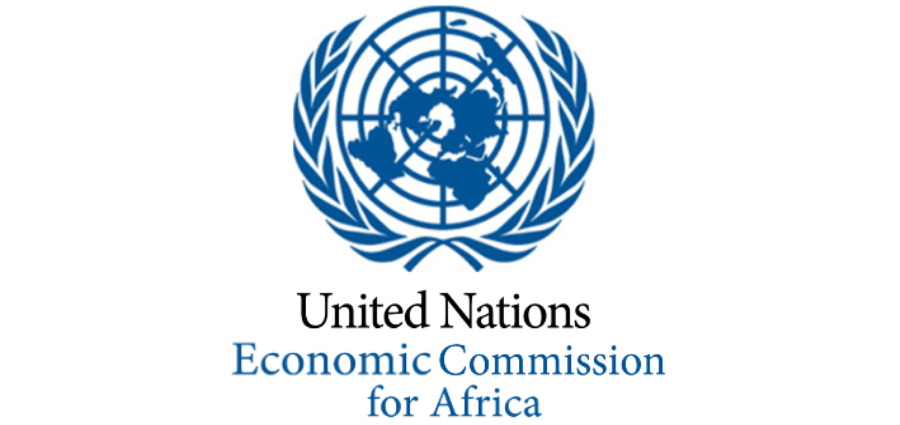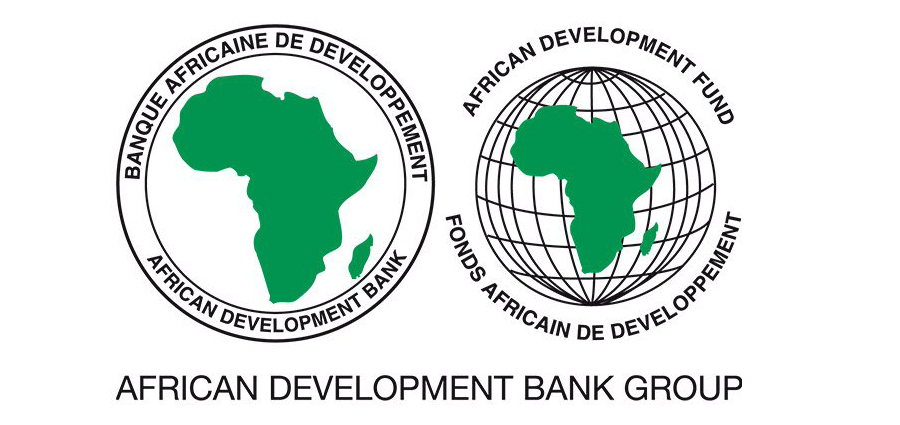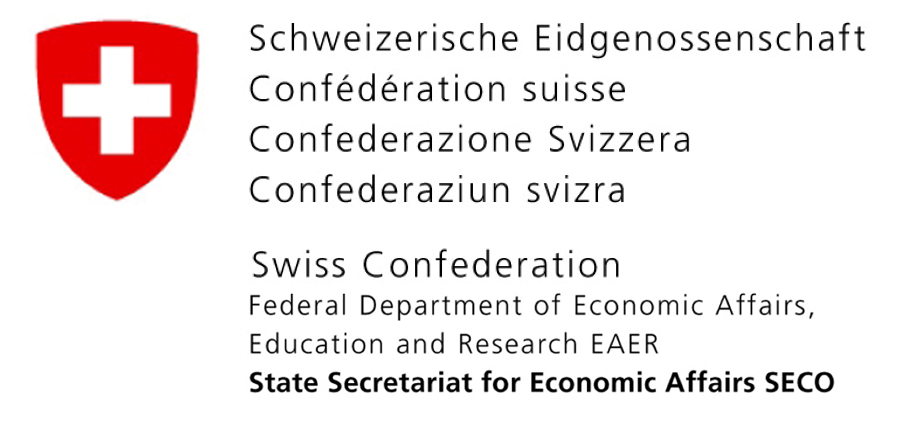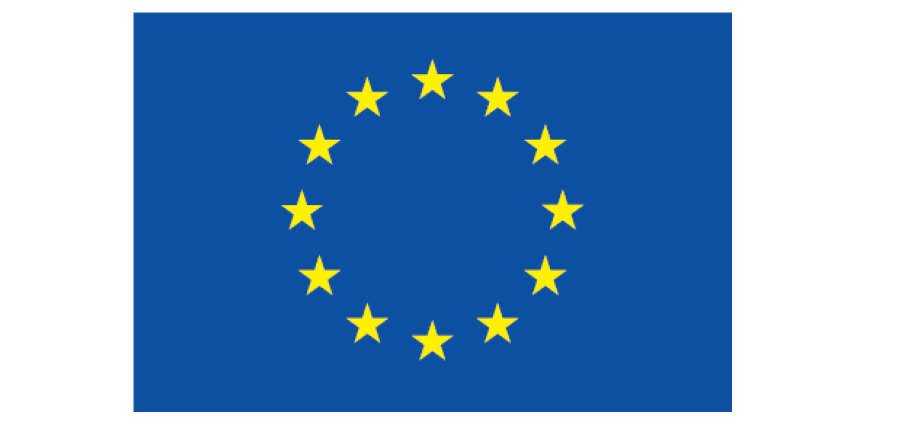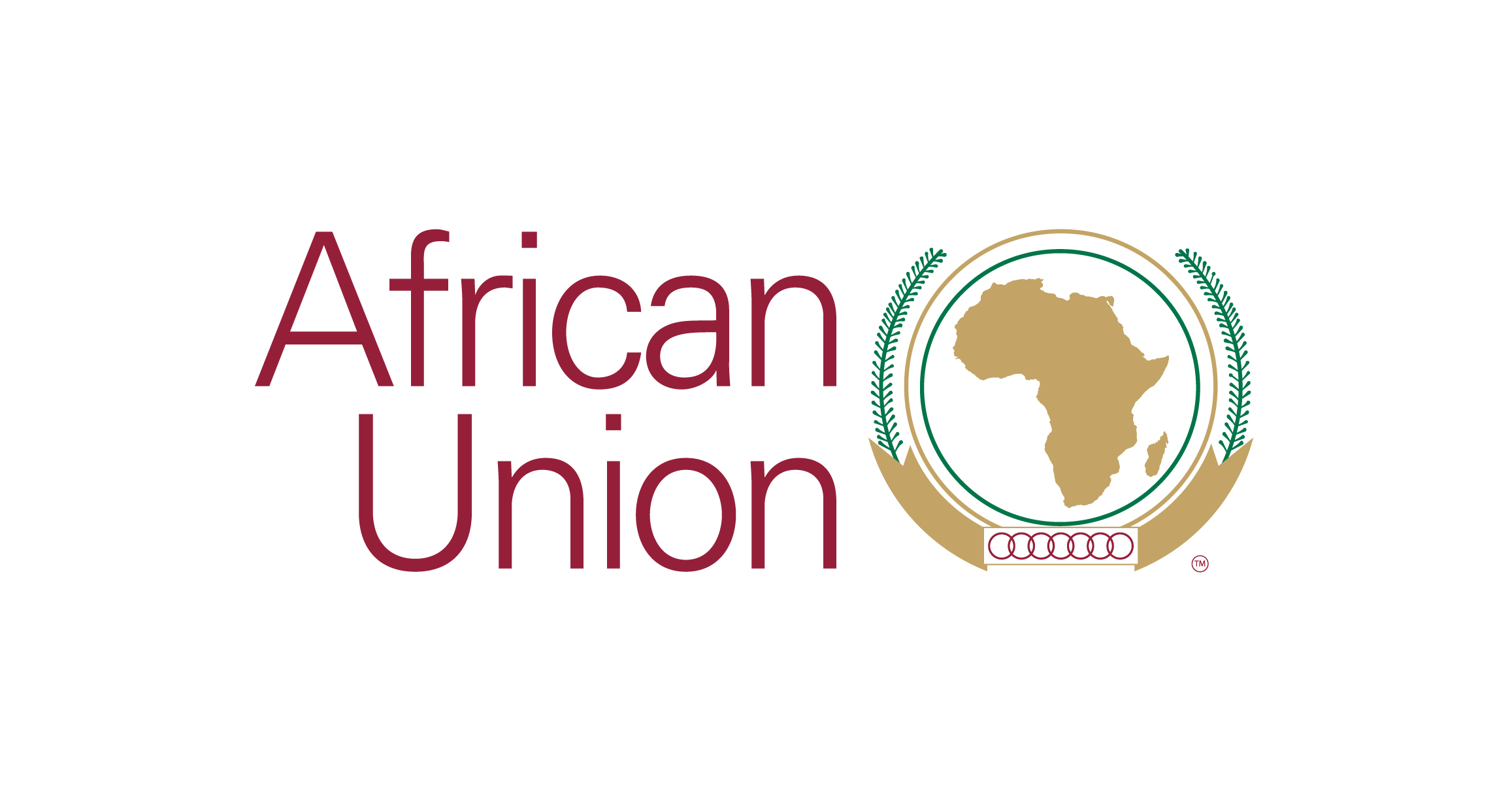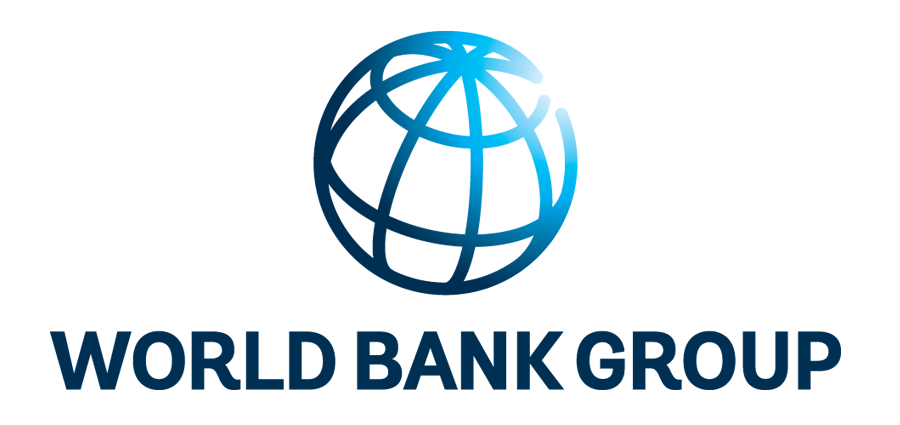RONET Training in Maputo, Mozambique
INTRODUCTION
The work program of the SSATP includes promoting a wider application of the Road Network Evaluation Tools, RONET, to its member countries and regional associations.
Accordingly, an intensive, one-week training session was carried out in Maputo on November 4-8, 2013, with 61 participants from the Mozambique National Roads Administration (Administracao Nacional de Estradas - ANE) and the Mozambique Road Fund (Fundo de Estradas – FE). The course was held at ANE’s headquarters in Maputo. The course’s material and program built on previous RONET training sessions held in Tanzania (June 2012 and September 2013), Benin (June 2012), and Senegal (September 2013). It was the first RONET course held in a Portuguese-speaking country in Africa. In view of the high number of participants from Mozambique, no participants from the other four African Portuguese-speaking countries (i.e., Angola, Guinea Bissau, Cape Verde, and Sao Tome and Principe) were invited to attend the course in Maputo.
The objective of the training course was to strengthen the capacity of the country’s road agency and road fund in improving road asset management practices. It is also expected that some of the more skilled participants can serve as RONET trainers. Overall, such training contributes to foster efficiency in the road sector. The RONET training course in Maputo was genuinely demand-driven, where ANE not only covered all the local logistics costs, but also covered the international airfare and local costs of the trainer, while the trainer’s honorarium was covered by SSATP.
The RONET training complements the current SSATP work on Transport Sector Data Management Systems (TSDMS) pilots in four countries (Burkina Faso, Uganda, Swaziland and Zambia) as well as the African Infrastructure Knowledge Program (AIKP/AfDB) initiative on statistical capacity building in Africa.
RONET
RONET, developed by the SSATP, is designed to assess the current characteristics of road networks and their future performance depending on different level of interventions on the network. By analyzing several maintenance and rehabilitation standards, RONET helps a road agency to optimize expenditures on the road network (or sub-networks) under the agency’s responsibility.
RONET includes three evaluation modules: (i) Current Condition Assessment Module, that computes network statistics and monitoring indicators; (ii) Performance Assessment Module, that estimates the network performance and budget requirements under different maintenance and rehabilitation standards; and (iii) Road User Revenues Module, that evaluates revenues collected from road user charges and compares them with the funding requirements.
RONET is structured with many configuration options for use in developing countries.
TRAINING OVERVIEW
The RONET training course included:
- An overview of the RONET model, including its main concepts and background, as well as input data and results provided. Attachment 2 provides the course overview, while Attachment 3 gives, in Power Point format, the course structure and overview;
- A RONET demonstration, which included sample input data and typical output from the three evaluation modules of RONET, as well as a demonstration of HDM-4 Road Use Costs Model - RUCKS (which is required to run RONET);
- A hands-on application of RONET, through an interactive numerical exercise, where the workshop participants worked in 10 teams (about six members per team);
- A field visit to three paved road sections (in good, fair and poor condition on N4 toll road) and one gravel road section (unclassified road) to collect sample input data to run RONET. Discussions on the use of the data collected;
- Optimization of road maintenance and rehabilitation for a road network (or sub-network) in Mozambique selected by each working team (e.g., main road network, provincial road network), where each team had an opportunity to run RONET using actual data, to the extent available, from Mozambique; and
- A RONET Executive Session held for ANE’s directors
The Maputo training course was well appreciated by the participants, based on comments provided and a formal evaluation by the participants. Based on the formal evaluation, 84 percent of the participants rated the training session as satisfactory or highly satisfactory.

TRAINING SCHEDULE
The training course followed the schedule outlined below:
- November 4
8am-1pm: Training opening; Introduction of participants; RONET overview
2pm-3:30 pm: RONET demonstration; RUCKS demonstration
- November 5
8am-1pm: Interactive numerical exercise. The participants form 10 working teams and start working together
2pm-3:30 pm: Interactive numerical exercise completed by each team; discussion of results obtained by the teams; adjustments to input data for each team to obtain the right answers
- November 6
8am-1pm: Field visit to three paved road sections (in good, fair and poor condition – N4 toll road) and one gravel section (unclassified road) to collect sample input data to run RONET. Discussions on the use of the data collected
2pm-3:30 pm: Optimization of road maintenance and rehabilitation (M&R) for a road network selected by each working team. Start entering input data for preparation of an optimum M&R program from RONET
6pm-7pm: RONET Executive Session held for ANE’s directors
- November 7
8am-1pm: Team work continues: preparation of report on the M&R optimum program for the selected network. Start report preparation
2pm-3:30 pm: Completion of working team reports
- November 8
8am-1pm: Preparation of presentations; presentation of the optimum M&R program by working teams
2pm-3:30 pm: Continuation of the presentations. Training course closure by ANE.
WORKSHOP MATERIAL

